The expansion of technology has contributed to the number of wireless electronic apparatuses utilized at home, work, and play. As the number of devices expands, so does the number of rechargeable batteries in devices nearby.
Rechargeable batteries are in everything from children's toys to smartphones, laptops, cordless phones, power tools, and even hand-held vacuum cleaners.
The expansion of electronic products will not stop any time soon. New products add features and decrease the size of the electronics. Driving the revolution is the rapid development of new battery technologies. Batteries are improving their performance, getting smaller, lighter packages, and extending operating times.
New battery technologies also mean you should take greater care to extend the battery's life and minimize potential hazards. Below are a few reminders to help you properly charge and store your rechargeable batteries.
Charging NiCD and NiMH Batteries



NiCad and NiMH batteries are amongst the most challenging batteries to charge. Whereas, with lead-acid and lithium-ion batteries, you can manage overcharge by setting a maximum charge voltage. Nickel-based batteries don't have a "float charge" voltage. So to provide a charge, you must force current through the battery. Setting up the voltage in a fixed state like the other batteries is unnecessary.
Therefore, this makes these cells and batteries especially difficult to charge in parallel. Because you can not be confident that each cell or pack has the same impedance or resistance, some batteries will absorb more current than others, even when complete.
So, you must utilize an independent charging circuit for an individual string in a parallel pack or balance the current in another method.
The coulometric charging efficiency of nickel-cadmium is nearly 83% for a fast charge of C/1 to C/0.24 and 63% for a C/5 charge. Therefore, at C/1, you must put 120 amp hours in for every 100 amp. The slower the charge, the more efficient your charging station will need to be. Therefore you will pay more money for electrical expenses.
As the battery reaches the end-of-charge, oxidization occurs at the electrodes. The new chemical reaction creates heat, easily measured with a thermistor. It is the safest way to detect end-of-charge during a fast charge.
Nickel-cadmium battery chargers should stop any charge when the temperature exceeds the maximum charging temperature. Therefore, if you are having issues with your batteries retaining a charge, your battery charger might not be measuring the temperature.
Overnight Battery Charging

The cheapest way to charge a nickel-cadmium battery is to charge at 10% of the rated capacity per hour or C/10 for 16 hours. So you can charge a 100 mAH battery at ten mA for 16 hours. Therefore, this method does not require an end-of-charge sensor and ensures a full charge. You can charge cells no more than the initial charge state.
The minimum voltage necessary for a full charge varies with temperature. However, the best charging practice is to use a timer to prevent overcharging from continuing past 16 hours.
Faster Charging
Some nickel-cadmium cells are "quickly chargeable." Therefore, this is a timed charge at C/3 for 5 hours or C/5 for 8 hours. It is risky because you should discharge the battery fully before charging.
You will need to vent the battery if the battery capacity is over 90% when the timer begins. One method to ensure you don't damage the battery is to discharge the battery. The benefit of this method is to eliminate any possibility of battery memory.
The flaw is you would require a power-dissipating package to disperse the energy from a partially charged battery in an appropriate amount of time.
Fastest Charging
If you use a temperature or voltage monitor, NiCad batteries can charge at rates up to 1C. In layperson's terms, you can obtain 100% of the battery capacity in approximately 1.5 hours. Terminating the charge on temperature requires a temperature slope measurement.
These algorithms require constant voltage, temperature, and sometimes pressure monitoring to actively determine the amount of current a battery can take without damage. Therefore, this is sometimes called a smart charge or a controlled fast charge.
Tips to Recharging Batteries
When charging your batteries you do not want battery leakage. No matter if you are charging batteries overnight, or on a fast charge you will need to take some precautions. Precautions will not only preserve the integrity of the battery but extend the life with a longer charge.
As you are trying to maintain the life of your EBL rechargeable batteries you should consider utilizing these methods to preserve the charge and life.
Trickle Charging Nickel Batteries
In standby mode, keep a nickel-cadmium battery topped up without damaging the battery. Therefore, you can do this safely at a current between 0.05 C and .06 C. The voltage required for this depends on temperature, so regulate the current in the charger. Some manufacturers say C/100 for a long-term trickle.
Please don't overcharge
One of the essential items to extend battery life is to evade overcharging. When the rechargeable battery achieves a full charge, disconnect the batteries from the charger.
Overcharging happens when the device or battery is plugged into a charger after a full charge has been called and may reduce battery life. Battery University recommends proper storage of nickel- and lithium-based batteries with a 40 percent state-of-charge. This level minimizes capacity loss and shortening the battery life. Keeping the battery in satisfactory operating circumstances and allowing self-discharge will prolong the battery life.
Be present
Whenever practicable, recharge your batteries while you are nearby. A battery fire could transpire if a device with a defective battery is left alone and overheats. An operational smoke detector and a fire extinguisher furnish extra insurance if something ensues.
Stay away from flammables
Be certain to position the device or battery charger on a non-flammable surface during charging. That comprises pillows, blankets, sheets, paper, clothing, and fabric, such as curtains. When adequate air circulation occurs around the device and the tiniest vulnerability to direct sunlight, the device won't overheat. Overheating could create smoke and then a fire and smoke.
Don't be extreme.
The exposure of rechargeable batteries to unfavorable temperatures decreases the battery's life. Remember what happens when you leave your phone in your car on a hot or cold day. The extreme temperatures had shortened your expected battery life. Therefore, it is essential to store your rechargeable batteries in a cool location whenever possible. The recommendation is to keep batteries at a temperature of 15°C (59°F). The temperature will help you minimize capacity loss while preserving the battery operation and allowing self-discharge.
Pick the correct method
It would benefit you to always charge rechargeable batteries in the device used. However, depending on how you received the batteries, you should recharge them with the accompanying charger. When in doubt, consult the charger manufacturer's recommendations.
The specific chargers provide the optimal charging requirements for particular battery types. Therefore, mixing chargers and batteries could result in unexpected problems. Check the manufacturer's website for instructions on the proper charging requirements for your device or batteries using a new method.
Don't mix ebl batteries.
How to store battery correctly?
Do not mix rechargeable and disposable batteries on recharging stations. Dispose of alkaline batteries as they are not rechargeable. These disposable batteries should never be in a battery charger.
Manufacturers also caution against mixing brands of rechargeable batteries in a charger as the battery could explode and expose your charger and other items to caustic materials. It would help if you charged each brand separately to avoid any hazards.
Be kind to the dead
You might wonder how to dispose of dead or used rechargeable batteries. Store them in a cool, dry place until you can properly dispose of them. Also, consider putting them in a non-metal container.
The recommendation of the Environmental Protection Agency (EPA) is to tape the terminal ends of used batteries with electrical tape. You can also place a single battery in separate plastic bags.
The critical item to consider is that the terminal ends could contact each other and cause a spark. Therefore, a spark could cause a fire if they are stored nearby wood products with metal items such as paper clips or steel wool.
How to Safely Discharge a Battery Completely?
To completely discharge a battery, it is best to use a specialized charger with a refresh functionality.
Another method is to place a battery in a flashlight and leave the power on overnight. We suggest you refrain from utilizing this method, as it may cause over-discharge and shorter battery life. Discharging with devices other than a specialized charger may cause irreversible damage to your batteries.
Related Blogs:






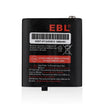





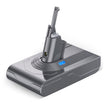







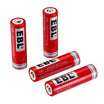






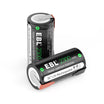





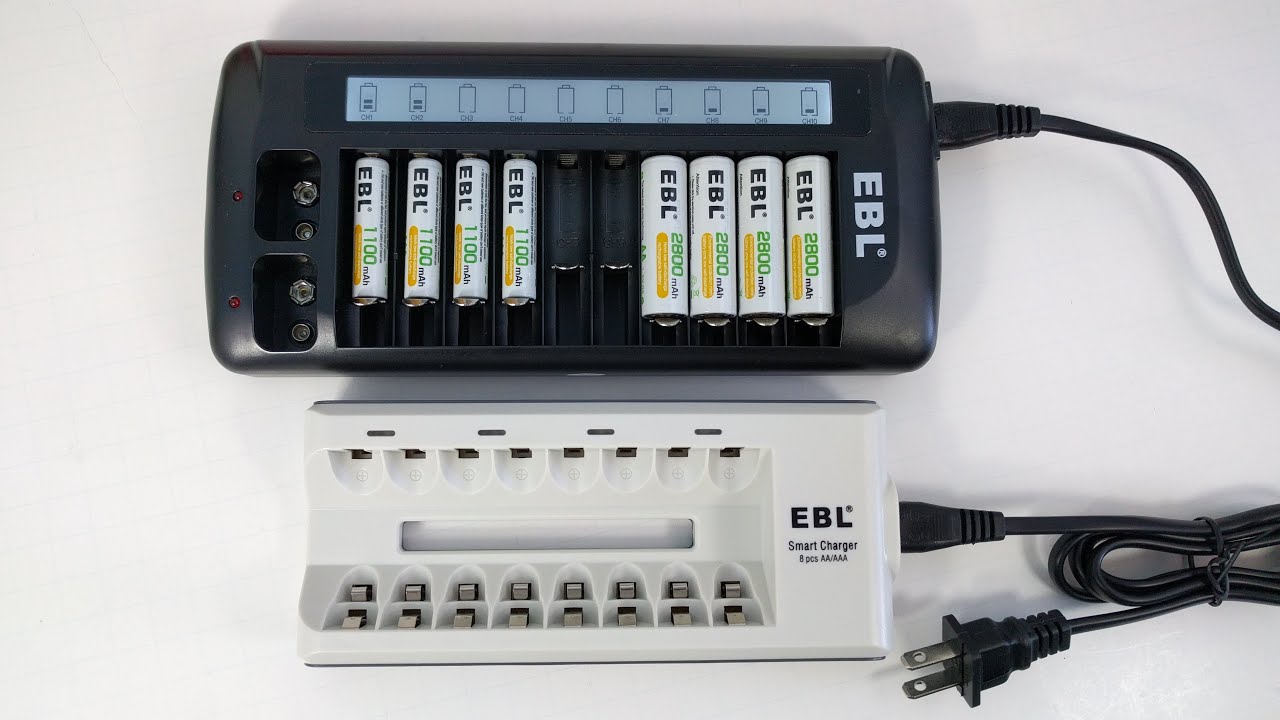






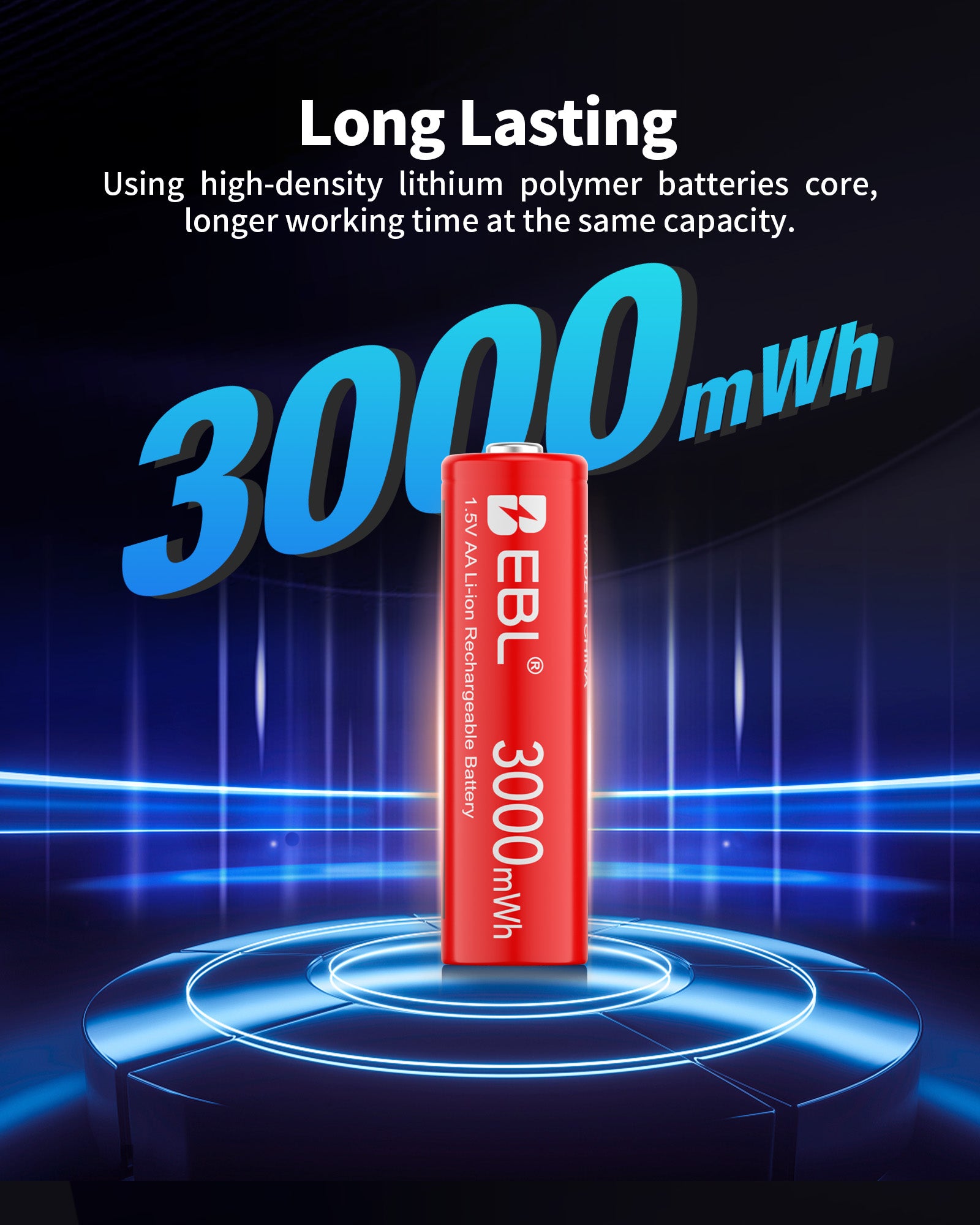




2 comments
EBLOFFICLA
To Danial Holliday
Thank you for your nice comment about our website, eblofficial.com. We’re glad that our posts have helped you learn new things. Your feedback makes us happy and encourages us to keep creating useful content. If you have any ideas for future topics, please share them with us. Thank you for your support!
Danial Holliday
To the eblofficial.com owner, Your posts are always a great source of knowledge.
Leave a comment
All comments are moderated before being published.
This site is protected by hCaptcha and the hCaptcha Privacy Policy and Terms of Service apply.